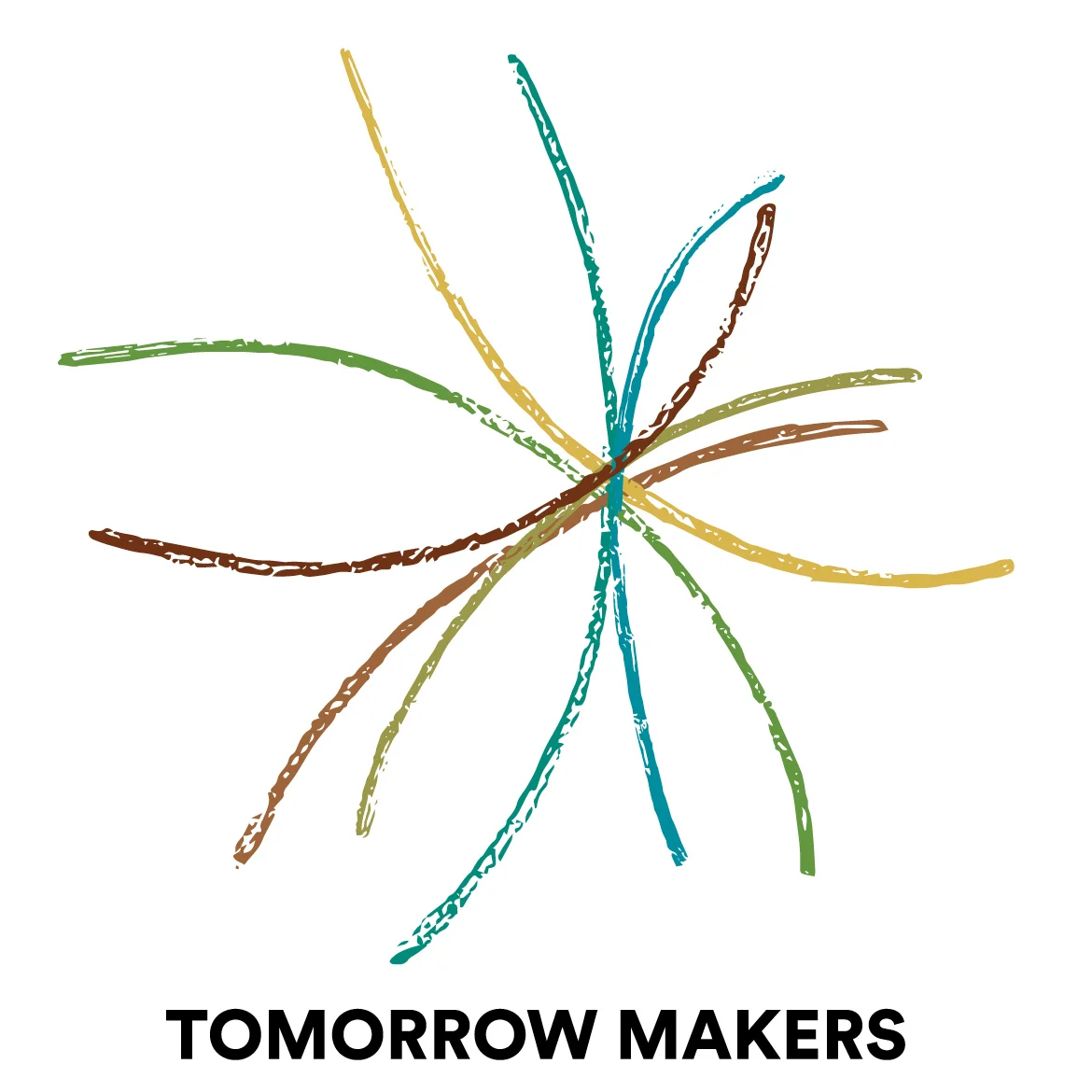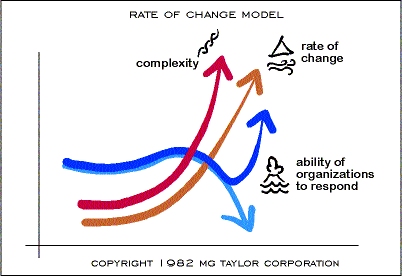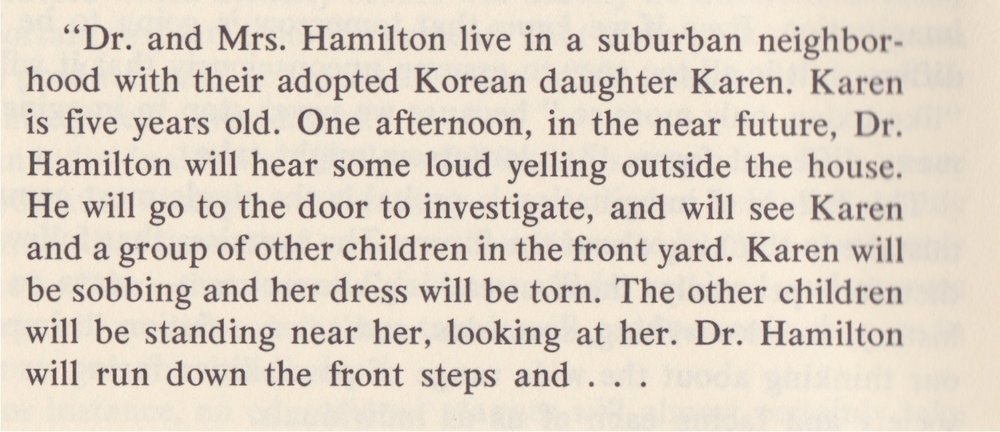Libraries and Museums
/Recently Tomorrow Makers facilitated an event with Simmons College with partners from Illonois and Toronto Universities, funded by the Institute of Museums and Libraries. Fifty three participants came from all aspects of information services .... librarians, museum curators, archivists of countries and the Internet, researchers, social media, schools of design, engineering, and education. They came to explore the future of information services and to begin to design curriculum to meet the challenges of the future.
Throughout the three days we were together I was constantly reminded of how much this group cares about their work. This was the first time all of the various aspects of information services had come together to design together. They were hungry to share and learn from each other. They seemed to realize the importance of working together to curate the past, present, and future of information. It was interesting to talk to the archivists of Canada and the US. I had never given thought to this enormous and important work. The librarians were for inclusive justice in all ways. As librarians they exchanged thoughts on the changes being made in urban and rural libraries to move to more inclusive ways of serving their communities. Museums are trending more toward a "hands on"and collaborative approaches to serving visitors.
Their three days together were for the purpose of crafting a vision of the future and within this frame, to design curriculum for students working in information services. The outcome over the course of the year was to be the development of a white paper that would put their ideas into a written form. I think if I was a student today, I would carefully consider a field within information services! What rich opportunities were being talked about.
The white paper will evolve over the year. Participants presented solid ideas for what they wanted the paper to include. They spoke of being bold, of writing something that would stand out and matter in the here and now as well as into the future. They wanted their ideas for their role in civic discourse and for lifelong learning included. With the changes happening so fast, it was not only students needing to learn but faculty as well. Technology no longer stands beside the curriculum but is embedded in every facet of learning.
Clearly this group was happy to be together learning from each other. Although there was no expectation or outcome to keep this group together, it seemed clear that they would find ways to continue the conversations. Many stepped up to helping with the white paper. Others formed friendships across normal boundaries.
I was delighted to have played a part in bringing this group together. My esteem for the work of these people has always been appreciative. It reached new heights in these few days together. And, I think they found new delight and significance in their work. Suddenly, the mundane of everyday effort got buried in a hugh amount of appreciation for the parts they play in our culture ... historically, and well into the future.




